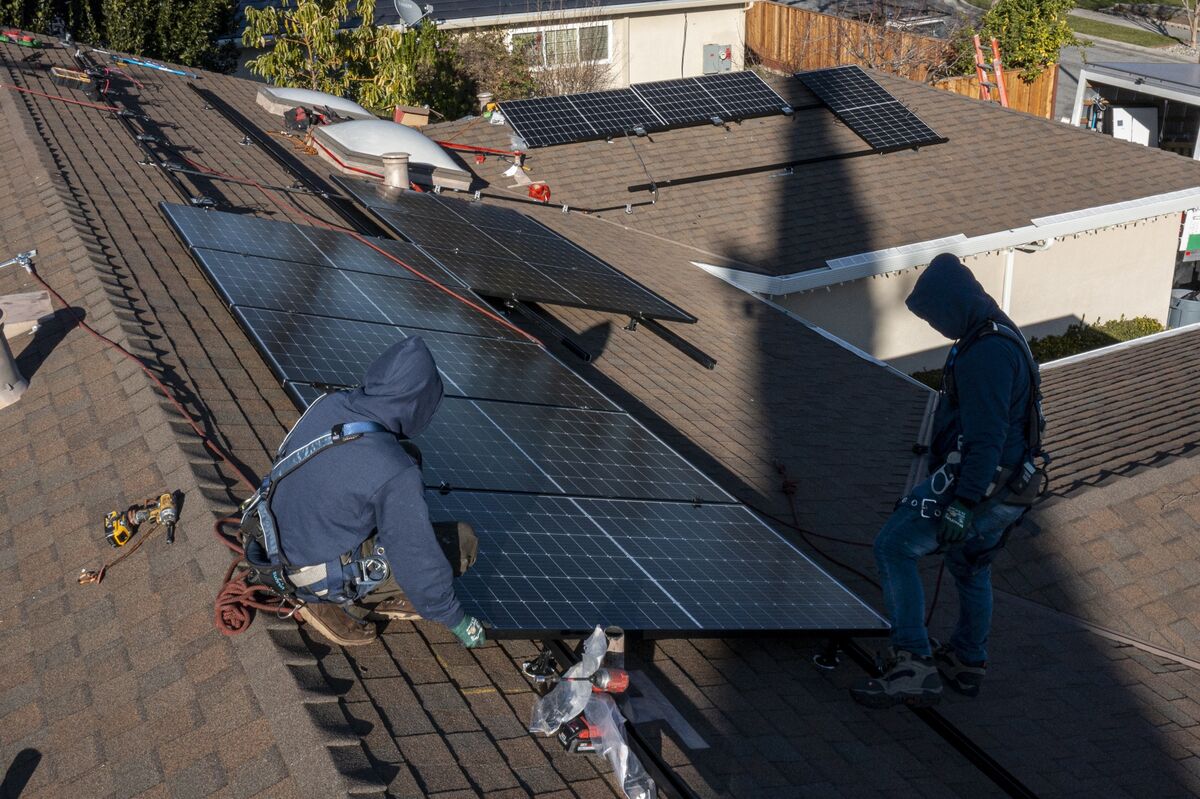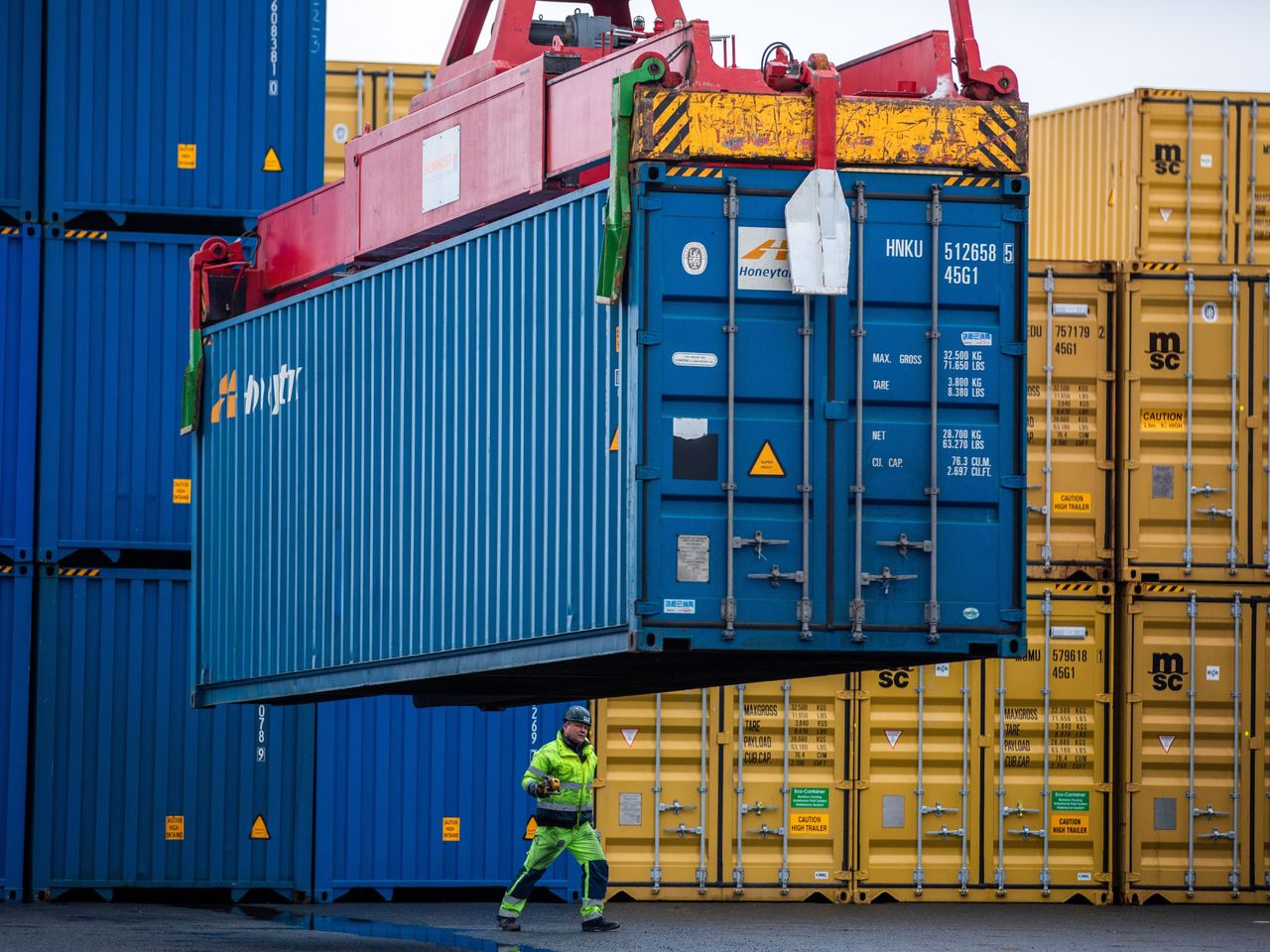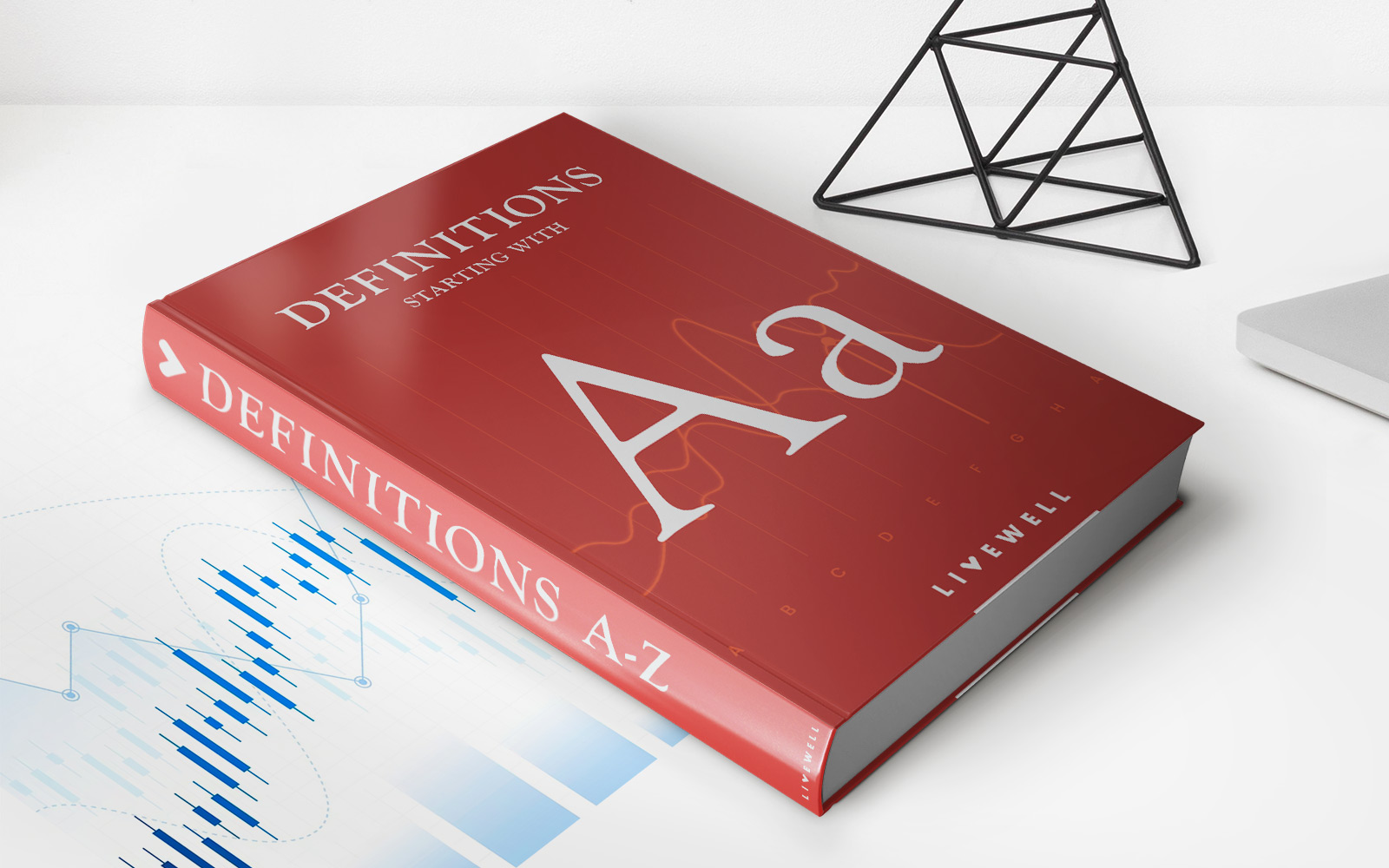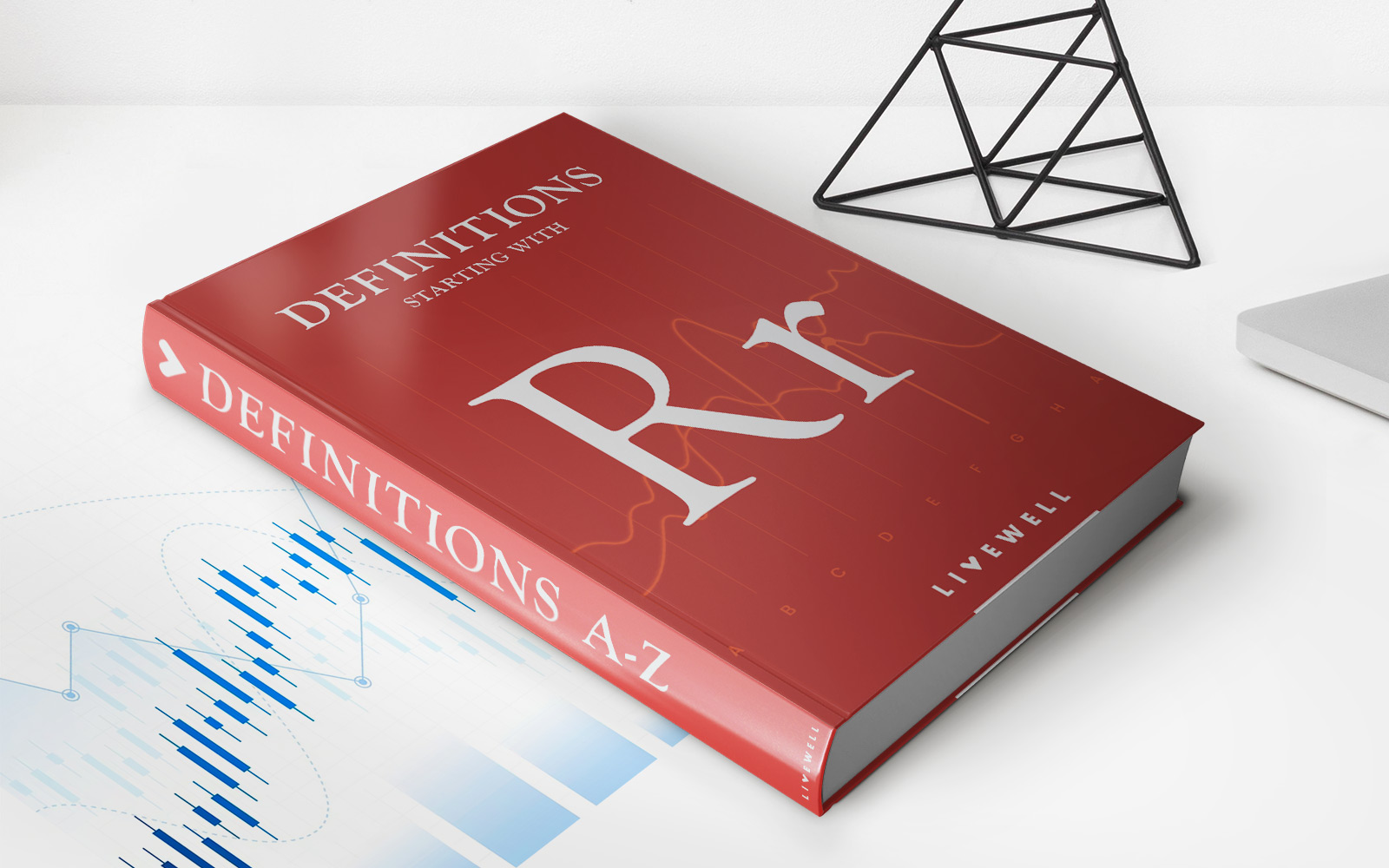Home>Finance>Limit Down: Definition And How It Works For Stocks And Futures
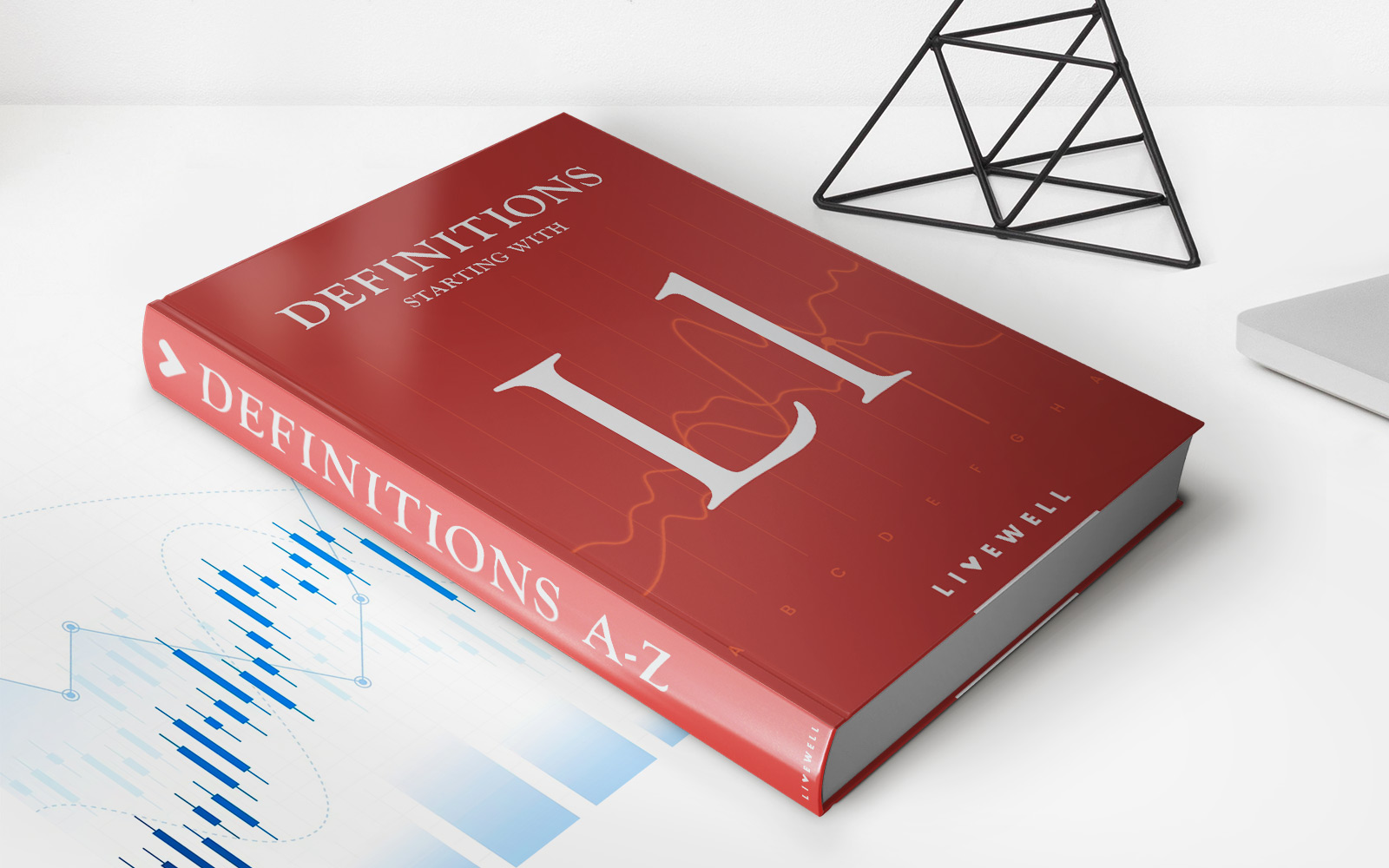

Finance
Limit Down: Definition And How It Works For Stocks And Futures
Published: December 18, 2023
Discover the concept of limit down in finance and how it operates for stocks and futures. Understand its definition and implementation in the market.
(Many of the links in this article redirect to a specific reviewed product. Your purchase of these products through affiliate links helps to generate commission for LiveWell, at no extra cost. Learn more)
Limit Down: Definition and How It Works for Stocks and Futures
If you’ve ever been involved in the world of finance or stock trading, you may have come across the term “limit down.” But what exactly does it mean? In this blog post, we will dive into the definition of limit down and explore how it works for stocks and futures. So, let’s get started!
Key Takeaways:
- Limit down is a price level that triggers a trading halt or suspension in a specific market or exchange.
- Limit down is used as a safeguard against extreme market volatility and to protect market participants from significant losses.
Put simply, limit down refers to a price threshold below which trading in a particular market or exchange is temporarily halted or suspended. It acts as a circuit breaker to control excessive market volatility and protect traders and investors from huge losses.
So, how does it work? Here’s a breakdown:
1. Price Limits
In many financial markets, including stocks and futures, there are specific price limits that dictate when trading will be halted or suspended. These price limits are typically set as a percentage decline from a reference price, such as the previous day’s closing price. When the market or instrument reaches this predetermined level, trading is paused.
For example, let’s say that the price limit for a particular stock or futures contract is set at 10%. If the price of the stock or futures contract falls by 10% or more from the reference price, trading will be halted for a specified period, usually a few minutes. This pause allows market participants to absorb the information, reevaluate their positions, and prevents panic selling or buying.
2. Impact on Market Participants
Limit down can have a significant impact on market participants, including traders, investors, and even the general public. Here are a few key aspects to consider:
- Reduced Liquidity: When trading is halted, liquidity in the market diminishes. Traders and investors are unable to buy or sell at the desired price, and this can cause frustration and impede market efficiency.
- Market Psychology: Limit down triggers can create fear and panic among market participants. The pause in trading allows emotions to subside and prevents knee-jerk reactions that may have adverse consequences.
- Volatility Control: The purpose of limit down is to control excessive volatility. By pausing trading when prices decline sharply, it prevents the market from spiraling out of control and helps maintain stability.
Now that you understand the concept of limit down and how it works, it’s important to note that different markets or exchanges may have varying rules and thresholds for triggering these circuit breakers. It’s always advisable to familiarize yourself with the specific rules and regulations of the market or exchange you are trading in.
Limit down serves as an important mechanism in the world of finance to ensure that markets operate in an orderly manner and protect participants from extreme losses. By pausing trading when prices decline sharply, it helps maintain stability and allows traders and investors to make more informed decisions.
So the next time you come across the term “limit down,” you’ll have a clear understanding of its definition and the role it plays in the world of finance.
